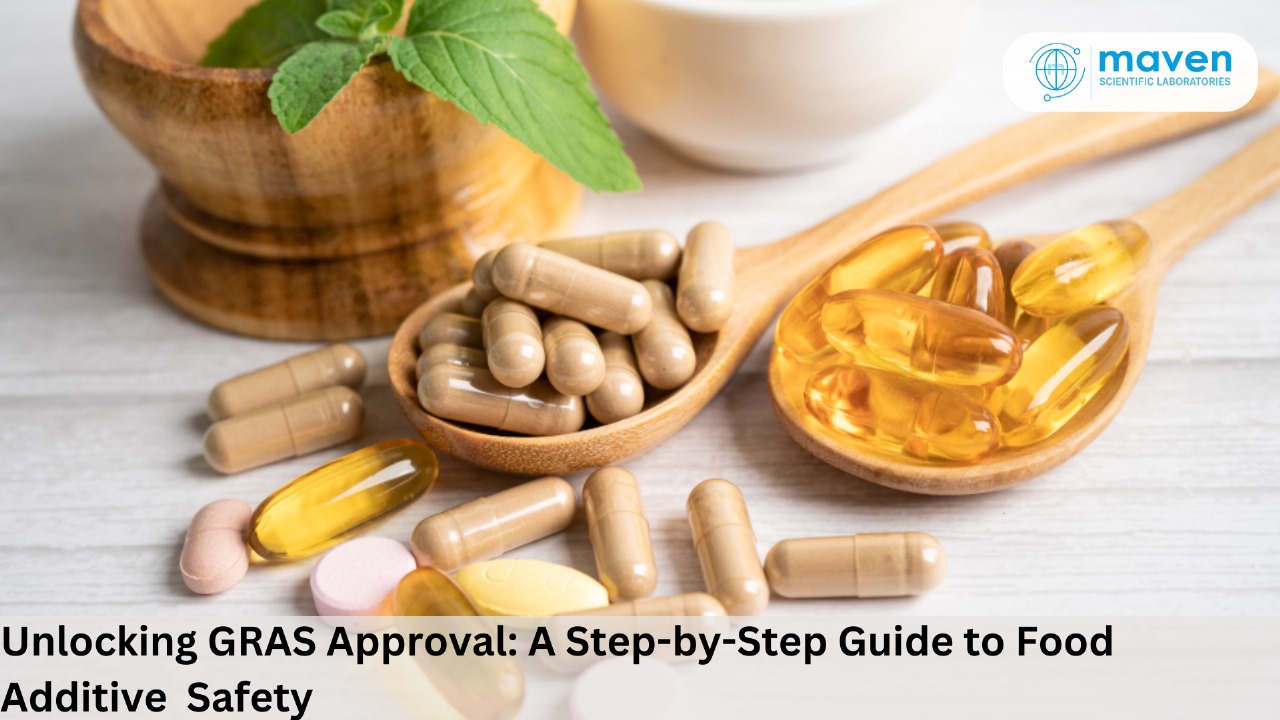
Unlocking GRAS Approval: A Step-by-Step Guide To Food Additive Safety
The food industry is governed by strict regulations to ensure consumer safety, particularly regarding food additives. One critical aspect of these regulations is the concept of "Generally Recognized as Safe" (GRAS). This designation allows certain substances to be used in food without requiring pre-market approval from the U.S. Food and Drug Administration (FDA). Understanding the GRAS pathway is essential for manufacturers looking to prove the safety of their food additives.
What is GRAS?
GRAS stands for "Generally Recognized as Safe." It refers to substances that are widely accepted by qualified experts as safe for consumption under specific conditions. This recognition can stem from a long history of use in food prior to 1958 or from scientific evidence that demonstrates the ingredient's safety. The GRAS designation is crucial because it exempts these substances from the lengthy and costly pre-market approval process that non-GRAS food additives must undergo.
The Two GRAS Pathways
There are two primary pathways through which a substance can achieve GRAS status: the GRAS Notice and Self-Affirmed GRAS.
1. GRAS Notice
The GRAS Notice pathway involves submitting a formal notification to the FDA, along with comprehensive scientific evidence supporting the substance's safety. This process includes:
- Scientific Evidence: Companies must compile extensive data, including toxicological studies, historical safety data, and scientific literature to support their claims. This evidence must demonstrate that the substance is safe under the intended conditions of use.
- Independent Panel Review: A key feature of the GRAS Notice process is the engagement of an independent panel of experts who evaluate the safety data and provide an impartial opinion on the GRAS status of the substance. The panel's expertise must be relevant to the safety assessment of the substance.
- FDA Review: After submission, the FDA reviews the evidence and the independent panel's evaluation. If the FDA agrees with the GRAS determination, it issues a “no questions” letter, confirming the substance's GRAS status. If there are concerns, the FDA will request additional information or clarifications.
FDA Guidelines for GRAS Notices:
- 21 CFR 170.36: This section outlines the procedures and requirements for GRAS notices, including the content of the notice and the FDA’s role in reviewing it. Read 21 CFR 170.36
- Scientific Procedures: The GRAS status must be based on scientific procedures, which include a review of the relevant scientific literature and available data to ensure the safety of the substance.
2. Self-Affirmed GRAS
In contrast, the Self-Affirmed GRAS pathway allows companies to determine a substance's GRAS status internally without formal FDA submission. This process involves:
- Internal Assessment: Companies must conduct their own evaluations and gather scientific evidence that supports the safety of the ingredient. This includes evaluating available toxicological data and historical usage.
- Expert Consensus: A panel of qualified experts must agree on the safety of the substance based on the available data. This determination is made through scientific procedures or by experience based on common use prior to 1958, though the latter is less common today.
- Notification to FDA: While not mandatory, companies are encouraged to inform the FDA of their self-affirmed GRAS status. This allows the agency to review the information if necessary. Notification does not imply FDA approval, but it helps ensure that the FDA is aware of the substance and its intended use.
FDA Guidelines for Self-Affirmed GRAS:
- 21 CFR 170.30: Describes the conditions under which a substance may be GRAS based on its history of common use in food or scientific procedures. Read 21 CFR 170.30
- Documentation: Companies should maintain thorough documentation of their GRAS determination, including evidence of expert consensus and safety evaluations.
Importance of GRAS Status
Obtaining GRAS status is beneficial for both manufacturers and consumers. For manufacturers, using GRAS ingredients simplifies the regulatory process, as they do not need to submit lengthy pre-market approvals. This can lead to faster product development and market entry. For consumers, GRAS ingredients help ensure the safety of the food supply, as these substances have been deemed safe by qualified experts based on rigorous scientific evaluations.
The Evolution of GRAS
The GRAS pathway has evolved significantly since its inception. Originally, GRAS determinations were based on a long history of safe use. However, as scientific knowledge advanced, the FDA introduced the GRAS notification program in the late 1990s to replace the resource-intensive GRAS affirmation petitions. The program allows companies to notify the FDA of their GRAS determinations, streamlining the process and making it more transparent.
Conclusion
Navigating the GRAS pathway is essential for food manufacturers aiming to prove the safety of their additives. Whether through the formal GRAS Notice or the more flexible Self-Affirmed GRAS pathway, the emphasis remains on rigorous scientific evaluation and expert consensus. By understanding and effectively utilizing these pathways, manufacturers can contribute to a safer food supply while also benefiting from streamlined regulatory processes. The GRAS designation not only protects consumers but also fosters innovation in the food industry, paving the way for new and safe food products.







